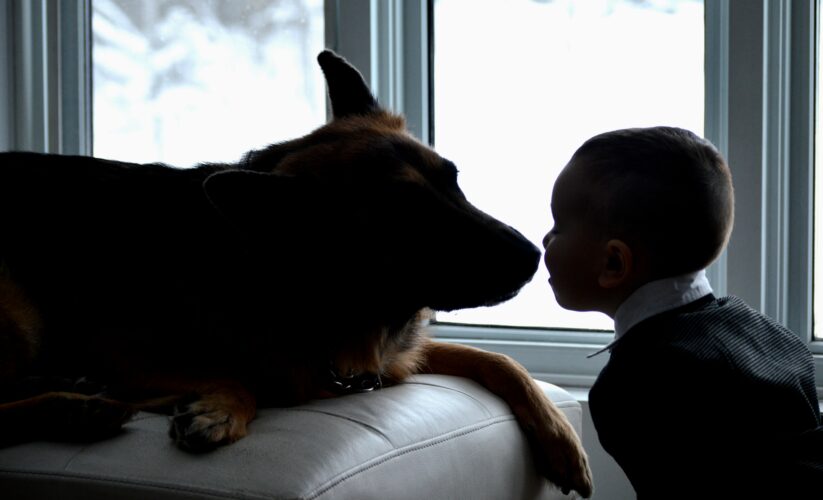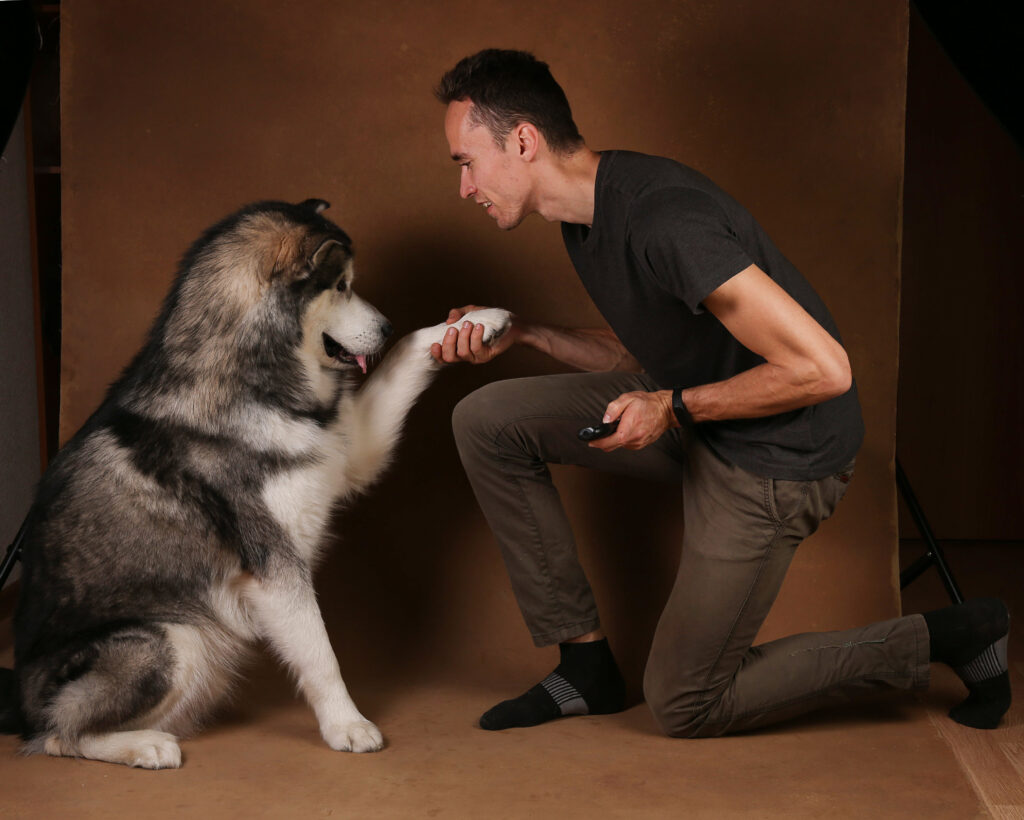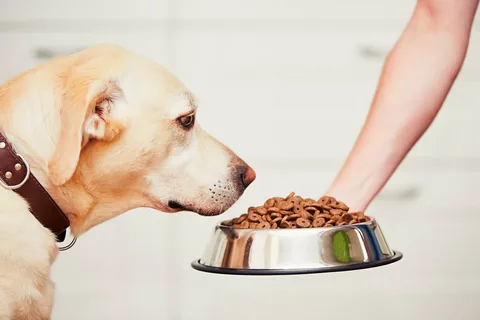
Creative Ways to Train Your Protective Dog Breeds
Protective dog breeds like German Shepherds, Rottweilers, and Doberman Pinschers make loyal and devoted companions. However, their natural guarding instincts require thoughtful training to ensure they become well-adjusted family members. Let’s explore innovative approaches to channel their protective nature positively.
Understanding Protective Breeds
These intelligent dogs were historically bred for guarding and protection work, resulting in strong territorial instincts and acute awareness of their surroundings. While these traits make them excellent guardians, they can also present unique training challenges. The key is working with these natural instincts rather than against them.
Early Socialization: The Foundation of Balance
Proper socialization during the critical puppy period (3-16 weeks) sets the stage for a well-adjusted adult dog. Expose your protective breed to various people, environments, and situations in a controlled, positive manner. This helps them learn to distinguish between normal activities and genuine threats.
Advanced Training Techniques for Protection Breeds
Traditional training methods often need adaptation for protective breeds. These dogs excel with clear boundaries and consistent leadership. Implement these innovative training approaches:
Rather than suppressing protective instincts, teach your dog appropriate “on-duty” and “off-duty” behaviors. Use specific commands to indicate when vigilance is needed and when it’s time to relax. This creates a balanced dog who can switch between modes as needed.

Managing Territorial Behavior
Protective breeds often show strong territorial tendencies. Channel this instinct through structured training exercises. Create specific boundary training routines and teach your dog to respect property lines while remaining friendly to welcomed guests.
Social Integration Strategies
Help your protective dog develop social confidence through controlled introductions and positive experiences. Arrange supervised meetings with friendly dogs and people in neutral territories. Reward calm, appropriate behavior generously, and gradually increase the complexity of social situations as your dog demonstrates reliability.
Building Trust and Communication
Strong communication is essential with protective breeds. These intelligent dogs need to trust your judgment about potential threats. Develop clear signals for different situations and maintain consistent responses to help your dog understand when protection is appropriate and when to stand down.
Advanced Training Goals
As your protective breed masters basic obedience, introduce advanced training challenges that engage both their mind and protective instincts. Consider activities like advanced obedience, tracking, or agility training to provide mental stimulation while reinforcing your bond.
Remember, a well-trained protective breed combines natural guarding instincts with social grace, creating a confident dog who can distinguish between genuine threats and normal daily activities. With patience and consistent training, your protective breed can become a balanced guardian and loving family member.





